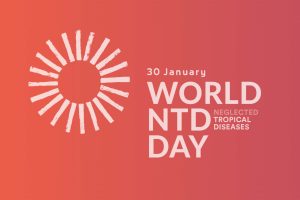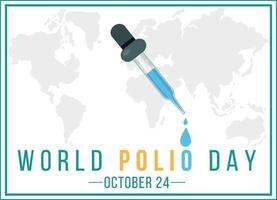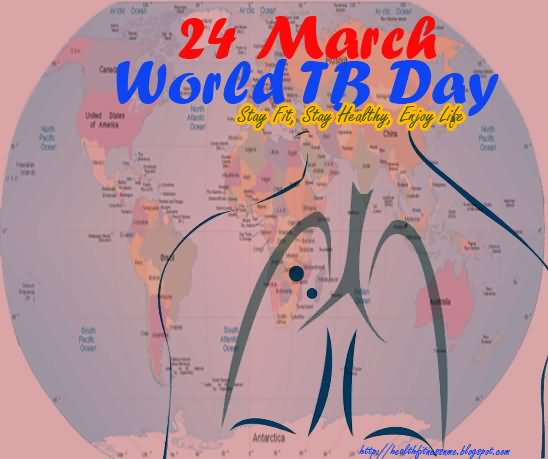 History of World Suicide Prevention Day
History of World Suicide Prevention Day
It’s a tragic situation, with the death toll coming in at 42,773 people committing suicide each year in the United States alone, and for each one of those 25 people made the attempt. Over the world it’s even greater, an estimated 800,000 people commit suicide each year throughout the world, which is one every 40 seconds. What’s incredible is that just like the US statistic, it’s estimated that 25 times that attempt it, 4 million people over the world every year. There’s something of a ripple down effect that happens as well, those bereaved by the loss of a loved one to suicide are themselves more likely to commit suicide.
Thankfully there are organizations like the World Health Organization who fight to combat this epidemic. With the philosophy of ‘Connect, Communicate, Care’ they work to create a world in which suicide rates are reduced or even eliminated.
How to celebrate World Suicide Prevention Day
Celebrating World Suicide Prevention Day involves working to help fight suicide. One of the most effective techniques for this is following the ideals listed above. Connect with those who you discover may be in some form of emotional distress or considering suicide. Let them know they aren’t alone, and feel free to share bits of yourself in return, true connection requires a sharing, and those who are considering suicide are often adept at detecting false ones.
You also have to open the venues of Communication, to be able to truly let others feel like you’re a safe place they can come to and be taken seriously without judgement. Too often are those suffering from real debilitating depression and suicidal ideation met with comments like “You’re just making it up” or “You’re being melodramatic”, when in fact their struggles are very real. World Suicide Prevention Day encourages you to truly care about those around you, and to work to help end the epidemic before it claims someone you love.
Source: Text: DAYSoftheYEAR.com Image: inspiremalibu.com
 On 31 May 2021, the World Health Assembly (WHA) recognized 30 January as World Neglected Tropical Disease (NTD) Day through decision WHA74(18).
On 31 May 2021, the World Health Assembly (WHA) recognized 30 January as World Neglected Tropical Disease (NTD) Day through decision WHA74(18). HISTORY OF INTERNATIONAL CHILDHOOD CANCER DAY
HISTORY OF INTERNATIONAL CHILDHOOD CANCER DAY World Polio Day highlights the global efforts to end poliomyelitis (polio) worldwide. Polio is a life-threatening disease caused by the poliovirus, which the World Health Assembly committed to eradicate in 1988. The WHO European Region was declared polio-free in 2002 and has sustained this status every year since then.
World Polio Day highlights the global efforts to end poliomyelitis (polio) worldwide. Polio is a life-threatening disease caused by the poliovirus, which the World Health Assembly committed to eradicate in 1988. The WHO European Region was declared polio-free in 2002 and has sustained this status every year since then.
 pandemic and encourage progress in HIV/AIDS prevention, treatment and care around the world. It has become one of the most widely recognized international health days and a key opportunity to raise awareness, commemorate those who have died, and celebrate victories such as increased access to treatment and prevention services.
pandemic and encourage progress in HIV/AIDS prevention, treatment and care around the world. It has become one of the most widely recognized international health days and a key opportunity to raise awareness, commemorate those who have died, and celebrate victories such as increased access to treatment and prevention services. History of World Suicide Prevention Day
History of World Suicide Prevention Day World Health Day is celebrated every year on the founding day of the World Health Organization. Established in 1950 this event has a theme each year to draw attention to a current world health issue. The WHO puts together regional, local, and international events on this day related to that theme. Local governments also tend to jump on this band-wagon, after all, global health means everyone! On this day you may take some extra steps to care for your health, consider getting a gym membership (and going!), starting a diet, or starting multi-vitamins!
World Health Day is celebrated every year on the founding day of the World Health Organization. Established in 1950 this event has a theme each year to draw attention to a current world health issue. The WHO puts together regional, local, and international events on this day related to that theme. Local governments also tend to jump on this band-wagon, after all, global health means everyone! On this day you may take some extra steps to care for your health, consider getting a gym membership (and going!), starting a diet, or starting multi-vitamins!
 ELIMINATE HEPATITIS
ELIMINATE HEPATITIS each year.
each year.